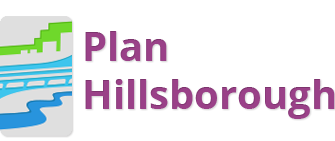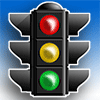 One of the greatest challenge to increasing bus ridership, especially when appealing to those who have other travel choices, is to make riding the bus faster than driving a car. Most of the frustration when commuting happens when sitting at a traffic light. If a bus is stuck there with the rest of traffic, then there is no advantage to take transit. But what if the bus could minimize or avoid such delays?
One of the greatest challenge to increasing bus ridership, especially when appealing to those who have other travel choices, is to make riding the bus faster than driving a car. Most of the frustration when commuting happens when sitting at a traffic light. If a bus is stuck there with the rest of traffic, then there is no advantage to take transit. But what if the bus could minimize or avoid such delays?
Bus Priority traffic Signal
The FDOT sponsored a Transit Signal Priority and Queue Jump Forum in November, featuring guest speakers Vik Bhide – City of Tampa traffic engineer and MPO Intelligent Transportation Systems Committee Chair, and Justin Begley – HART‘s representative on the MPO’s Livable Roadways Committee.
The forum focused on two creative strategies with proven ability to reduce intersection delays to help buses travel faster. This helps bus transit meet its goal of serving more people as transit improves reliability by staying on schedule, which ultimately leading to increased ridership. Combining these two technologies makes an even greater impact.
[divider type=”largemargin”]
 Transit Signal Priority – gives an approaching bus longer green lights to make it through busy intersections.
Transit Signal Priority – gives an approaching bus longer green lights to make it through busy intersections.
Queue Jump – provides a bus-only lane at the intersection to bypass standing traffic and get to the front of the line.
Locally, signal priority is already being used on HART’s MetroRapid line operating along Nebraska and Fletcher Avenues between downtown Tampa and Hidden River Parkway. HART has found that on-time performance on the MetroRapid is almost 90%, the highest in the system. This impressive performance will only grow over the next five years as the City of Tampa plans to invest $34 million to upgrade signals, install equipment, fiber optic communications and enable Transit Signal Priority at more intersections.
For more information, contact Gena Torres at 813/273-3774 x357.

